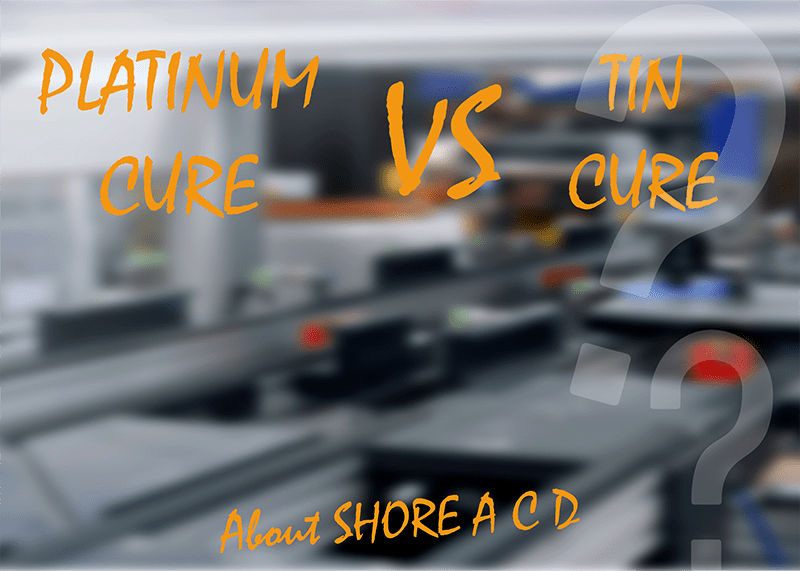Naujienos
Silicone project? What materials to choose?
Currently, there is a really large supply of liquid silicone on the market, so sometimes it is really difficult to choose which materials should be used for the implementation of the project. After all, you always want to complete tasks perfectly the first time. Therefore, we decided to introduce the main properties of silicone materials, their differences, hardness and possibilities of use.
Two types of materials are usually used for the production of silicone molds, tin cure (tin cure – TC) and platinum (platinum cure – PC) catalysis silicones. Tin-catalyzed silicones contain tin salt compounds that help the curing silicone absorb moisture from the environment necessary for the silicone curing process. Silicones of this type are also called condensation silicones. Platinum catalysis silicones contain platinum salts, which generate the heat required for hardening of the material. One of the good features of this silicone is that with the help of additional heat (up to 65°C), you can directly adjust the curing time and even cut it in half.
Material mixing
Mixing materials is certainly not a precise process, but at the same time it is not as simple a process as it might appear at first glance. Start by mixing the individual components well separately, so that the component is integrated, because after a long standing time, the components in the whole can become delaminated. In a clean and dry container, pour the different components (A and B) in the proportions indicated on the package or in the technical specification. A small amount (up to 2 kg) can be perfectly mixed with a spatula by hand, and when mixing a larger amount immediately, it is recommended to use mixing devices. When mixing, pay attention to the inner walls and bottom of the container, as unmixed components usually remain there. Always use safety glasses and protective gloves.
| Tin catalysis silicones (TC type silicones) | Platinum-catalyzed silicones (PC-type silicones) |
|
|



